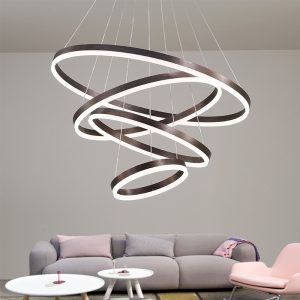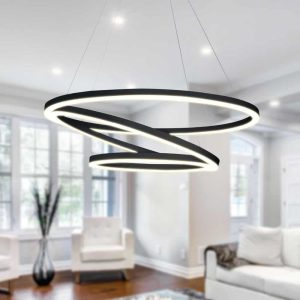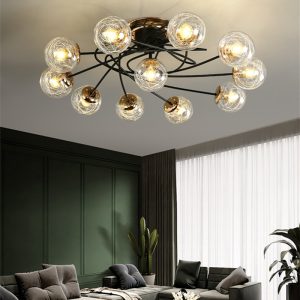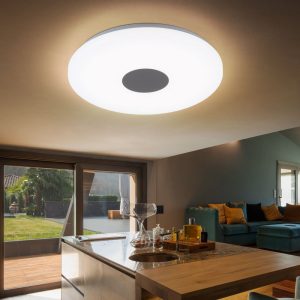
The Magical Properties of Light
Light is an amazing substance that we often take for granted. It is the one thing that allows us to see the world around us – the glorious colors, shapes and textures that make up our surroundings. Light also has some incredible properties, such as the ability to travel at a speed of 186,000 miles per second, making it the fastest thing in the universe.
We know that white light is made up of the entire spectrum of colors, but have you ever wondered how these colors are created? The answer lies in the magical prism – a simple glass object that can unravel the colors of the rainbow. Let’s take a closer look at what happens when light passes through a prism.
How a Prism Separates Light
When white light enters a prism, it is refracted – this means that the light is bent as it passes through the glass. This is because light waves have different wavelengths, and glass bends each color differently, depending on its wavelength. Each color moves at a different angle, so when the light exits the prism, it is separated into its component colors – red, orange, yellow, green, blue, indigo, and violet.
This was first discovered by the famous scientist Sir Isaac Newton, who was fascinated by the properties of light. He shone a beam of sunlight through a prism and watched in amazement as it broke into a rainbow of colors.
Why Some Objects Appear Colored
Now that we know how a prism separates light into its component colors, let’s explore why some objects appear to have color. An object appears colored because it reflects or absorbs certain colors of light. For example, a red apple appears red because it reflects red light and absorbs other colors of light. The same is true for all colors, whether it be blue, green or yellow.
This is an important principle in art and design, where colors are used to create mood and atmosphere. Colors can even have psychological effects on the human brain, and have been used in marketing and advertising to influence consumer behavior.
The Science of Rainbows
Rainbows are one of nature’s most beautiful and awe-inspiring spectacles. They occur when sunlight is refracted and reflected by raindrops, producing a spectrum of colors. The same phenomenon occurs in a double rainbow, where the light is refracted twice and produces two distinct arcs of colors.
Rainbows are not only beautiful, but they are also a crucial scientific tool. Scientists can use the colors of the rainbow to study the composition of light, as well as the composition of the universe. By analyzing the colors that make up starlight, for example, they can determine the elements that make up the stars.
Applications of Prism Light
Prism light has many practical applications in our daily lives. For example, prisms are used in cameras to separate light into its component colors and create high-quality photographs. They are also used in spectroscopes, which are instruments that study the composition of light.
Prisms are also used in optical fibers, which are tiny glass fibers that carry information over long distances. The light is transmitted through the fiber by total internal reflection, which occurs when the light hits the boundary of the fiber at just the right angle
Prism light is a fascinating and complex subject that has many practical applications in our daily lives. By understanding how light behaves when it passes through glass, we can unravel the colors of the rainbow and explore the mysteries of the universe. Whether it be in art, science or technology, the properties of light have influenced our world in countless ways, and continue to inspire us today.



























